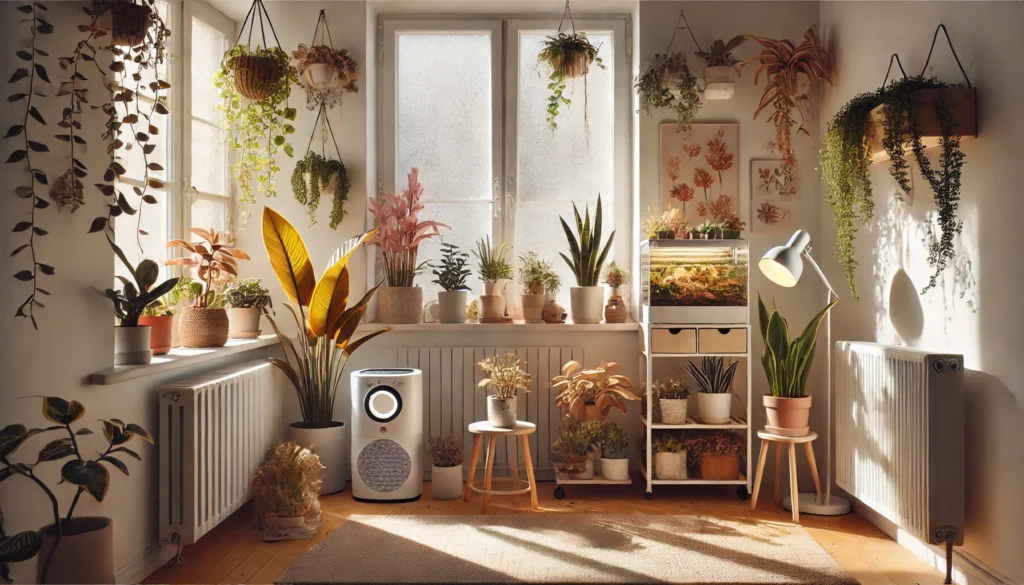
Essential Seasonal Indoor Plant Care Tips for Healthy Growth Year-Round
Indoor plants are a beautiful and calming addition to any home, but keeping them healthy year-round can be a challenge. Seasonal changes affect light, temperature, and humidity, all of which impact your plants’ well-being. Understanding how to adjust your care routine with each season is key to nurturing vibrant, thriving plants. In this article, we’ll dive into essential seasonal indoor plant care tips that will help you meet your plants’ needs through every change in the weather. Whether you’re a seasoned plant parent or a beginner, these practical tips will ensure your plants stay healthy and happy no matter the season.
Table of Contents
ToggleSpring – Awakening and New Growth 🌱🌸
As spring arrives, indoor plants begin their active growing season. Longer days and more sunlight spark new growth, making it the perfect time to give your plants some extra attention. Here’s how to keep your plants thriving during this vibrant season:
- Light Needs ☀️
Spring brings more sunlight, which is great for most indoor plants. However, you might need to adjust their placement to avoid harsh midday rays. Move your plants to brighter spots where they can soak up natural light without getting scorched. If you have plants that love bright, indirect light, now is the time to give them a little extra exposure to the sun.
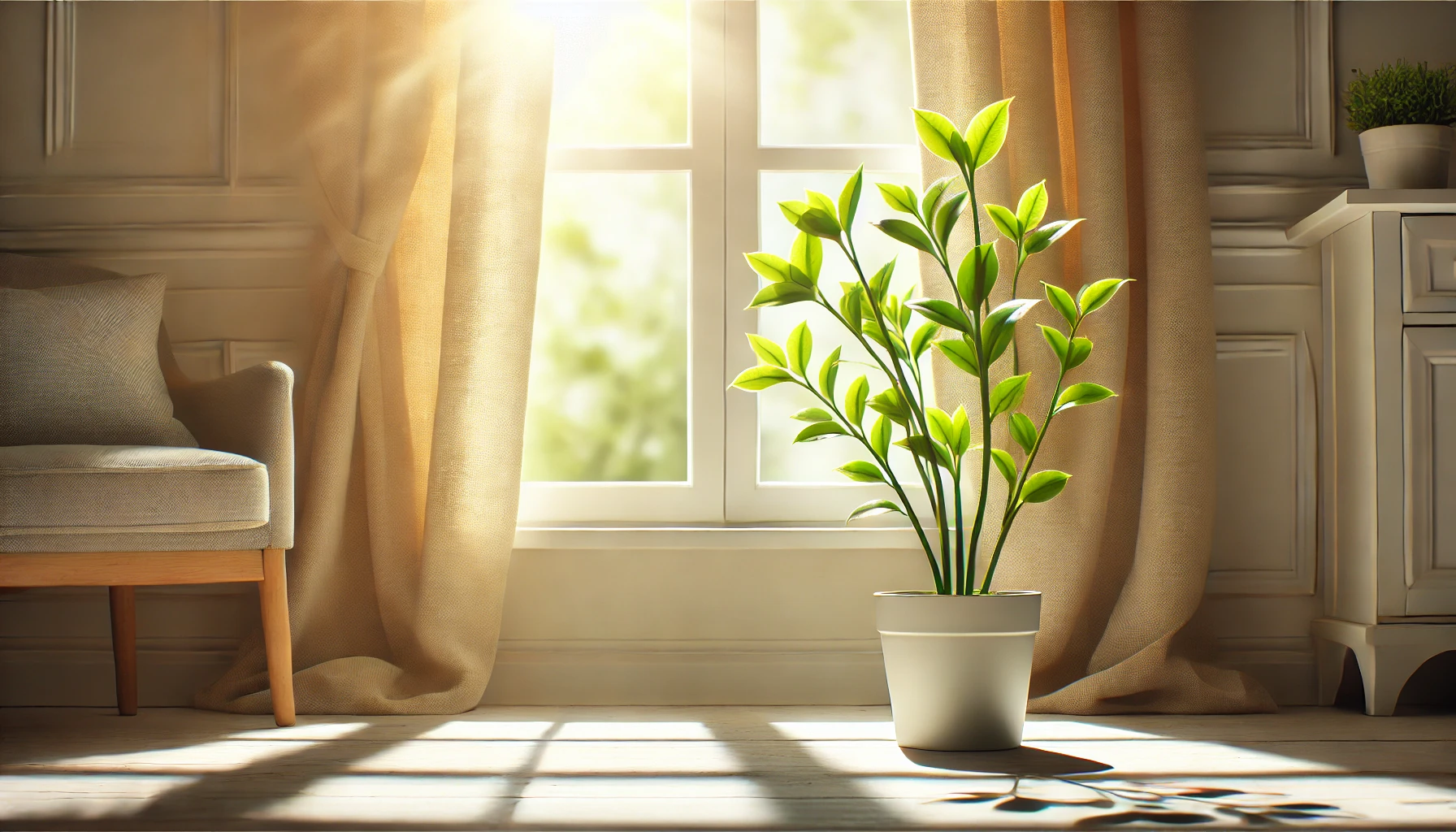
- Watering 💧
As your plants start to grow, they’ll require more water. Check the soil regularly, and when it feels dry about an inch deep, give it a good soak. Make sure the pot has drainage to avoid waterlogging, which can lead to root rot. However, be cautious not to overwater—plants in spring need just the right balance to support their new growth.
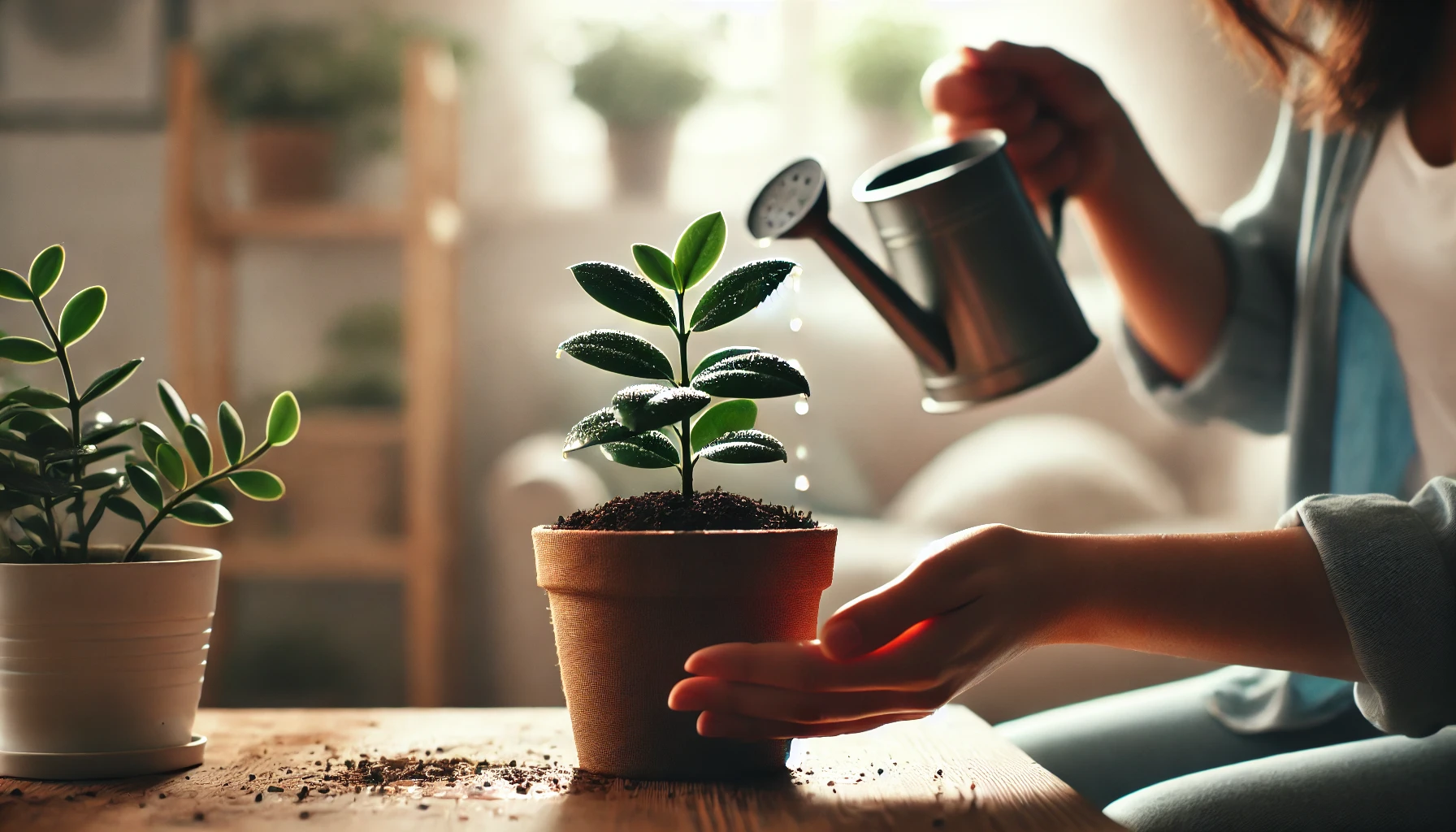
- Fertilizing 🌿
Spring is when your plants need the most nutrients. Begin fertilizing with a balanced, water-soluble fertilizer to encourage strong, healthy growth. A diluted solution once a month will do wonders. Avoid overfeeding, as this can stress your plants.
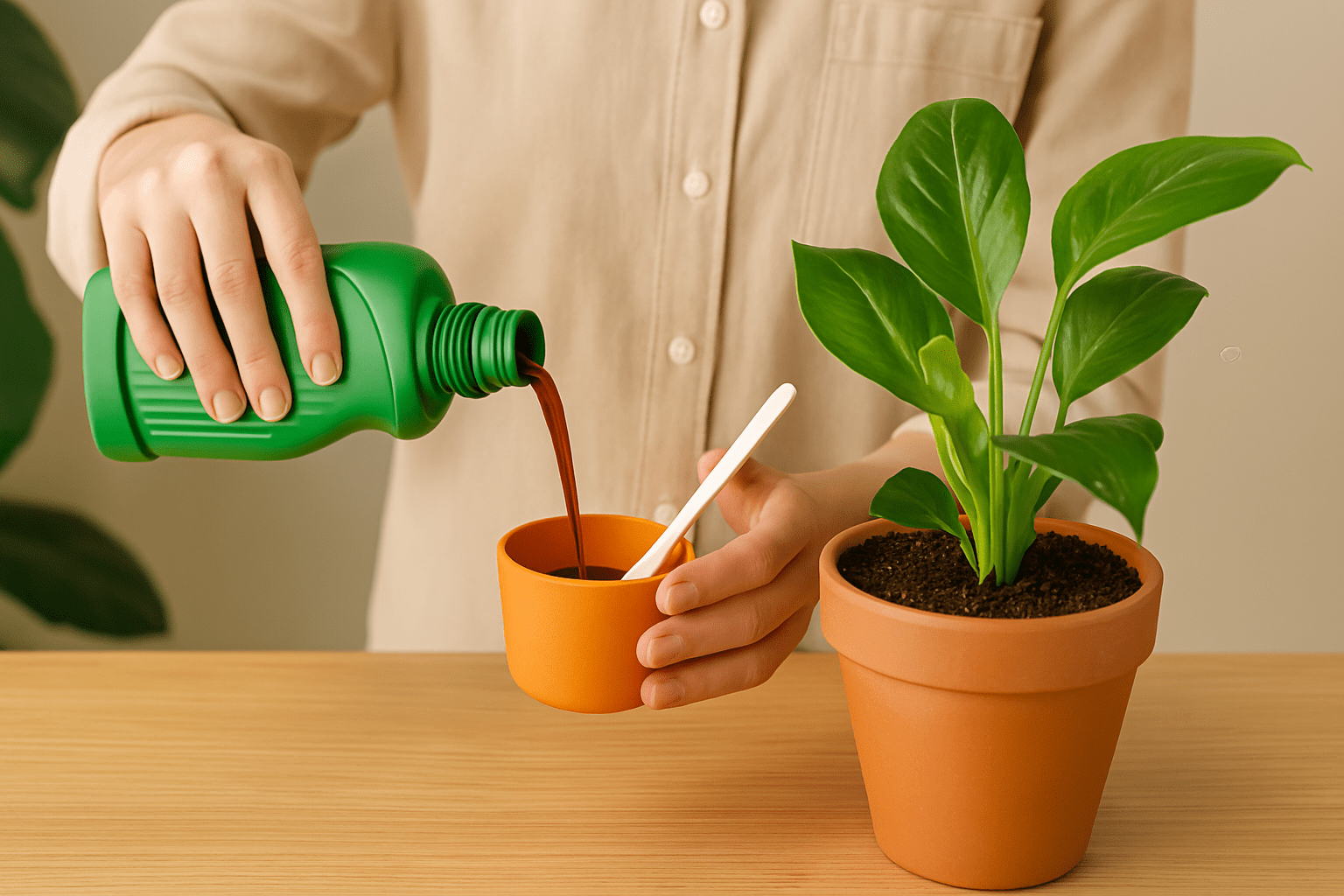
- Repotting 🌼
Spring is also an ideal time to repot plants that have outgrown their containers. Check the roots by gently removing the plant from its pot. If they’re circling the edges, it’s time for a larger pot to give them more room to grow. Fresh soil also helps refresh the plant’s nutrients.
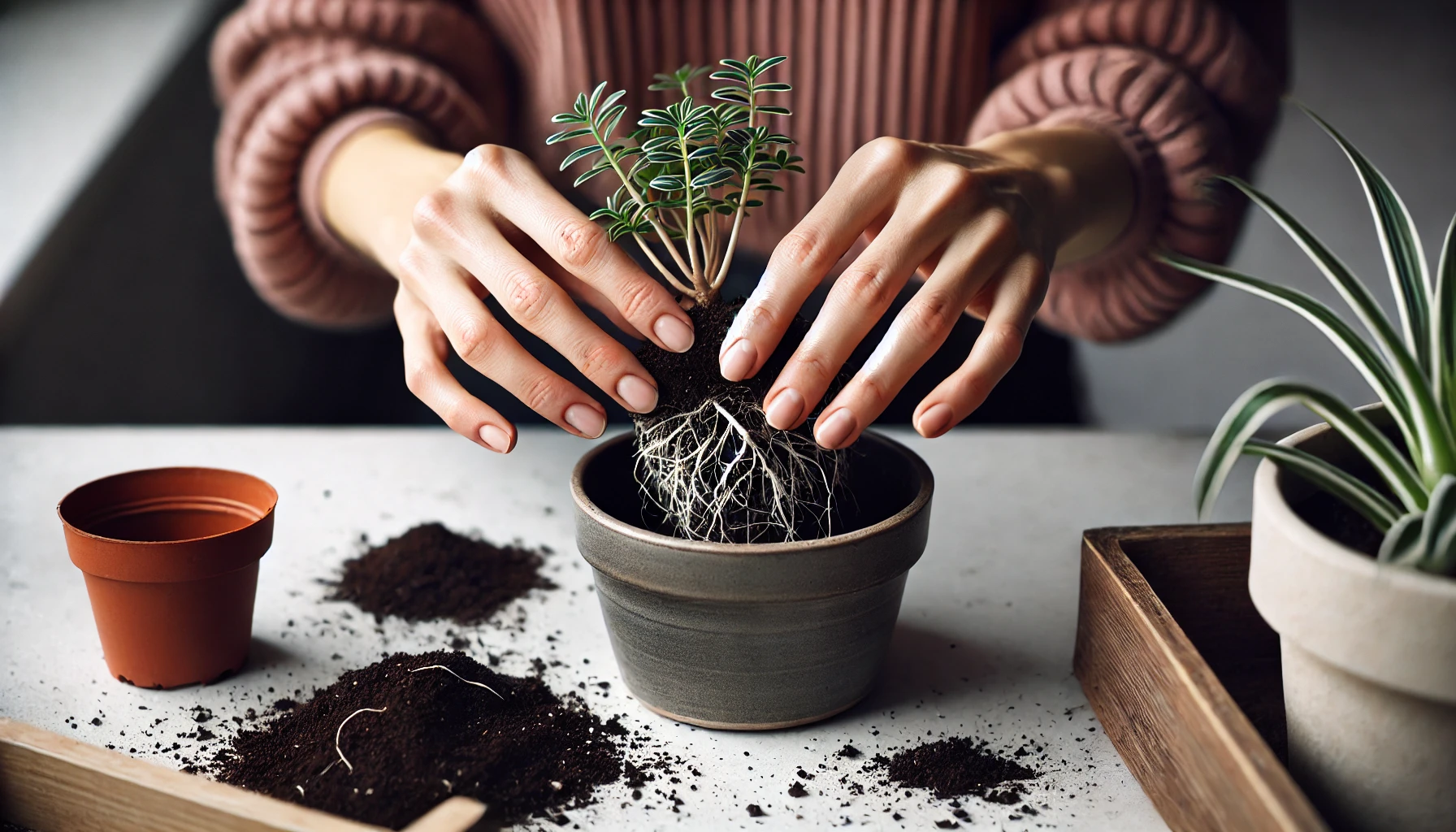
Spring is all about new beginnings for your plants, so make the most of it by adjusting their care to suit the season’s needs. With these spring-specific tips, your indoor plants will grow healthy, strong, and ready to flourish! 🌱✨
Summer – Thriving in the Heat 🌞🌿
Summer is a time of intense sunlight and warmth, which can be both a blessing and a challenge for your indoor plants. While many plants thrive in these conditions, it’s essential to adjust their care to ensure they don’t dry out or suffer from heat stress. Here’s how to help your plants stay cool and healthy during the summer months:
- Light Needs ☀️
Summer brings plenty of sunlight, and while most indoor plants love it, it’s important to manage the intensity. Keep plants that need bright, indirect light away from direct sunlight to avoid sunburn. On the other hand, some sun-loving plants like succulents and cacti may enjoy a little more exposure. Adjust their placement accordingly, making sure they get enough light without overdoing it.
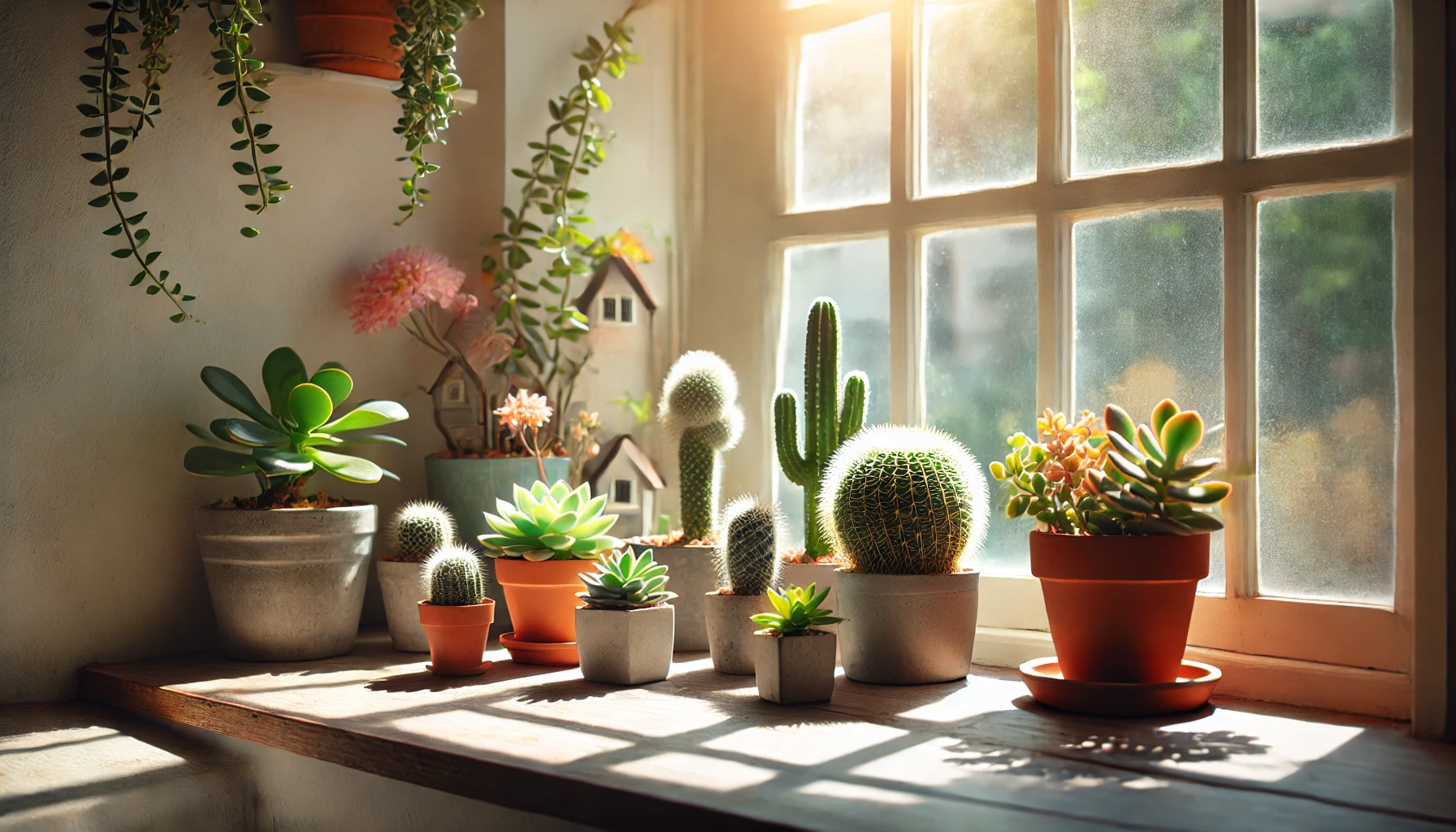
- Watering 💧
With the heat and longer days, plants tend to dry out faster in summer. Water your plants more frequently, but make sure to check the soil moisture before adding more water. A good rule of thumb is to water when the top 1-2 inches of soil feel dry. Be sure to water deeply, allowing moisture to reach the roots, but ensure your pots have drainage to prevent waterlogging.
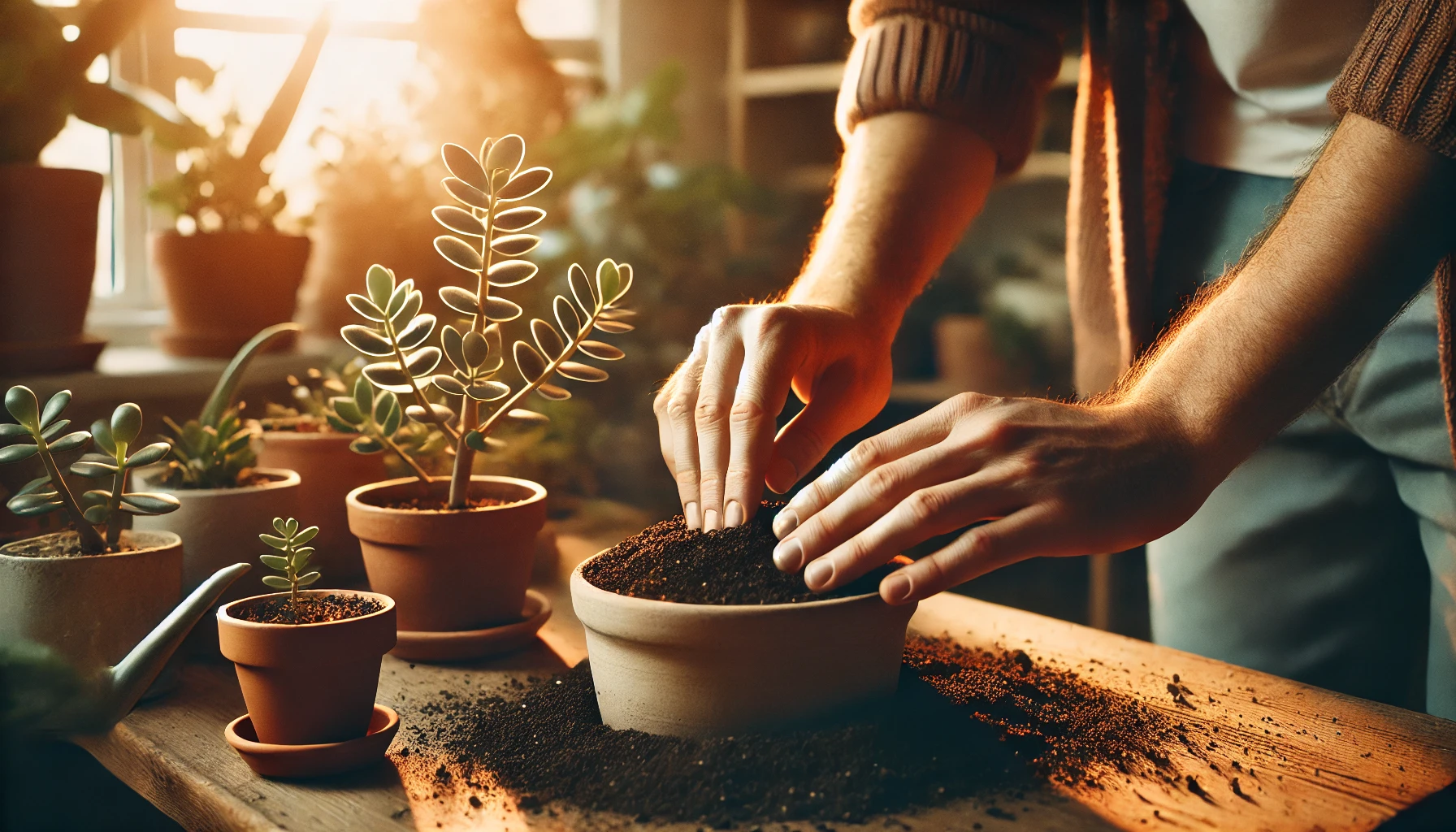
- Humidity 💨
Summer air can be dry, especially with air conditioning running indoors. Many plants, like ferns and tropicals, thrive in higher humidity. To maintain moisture, consider placing a humidity tray near your plants, or use a humidifier to keep the air around them humid. Alternatively, you can mist the leaves with water to boost humidity levels.
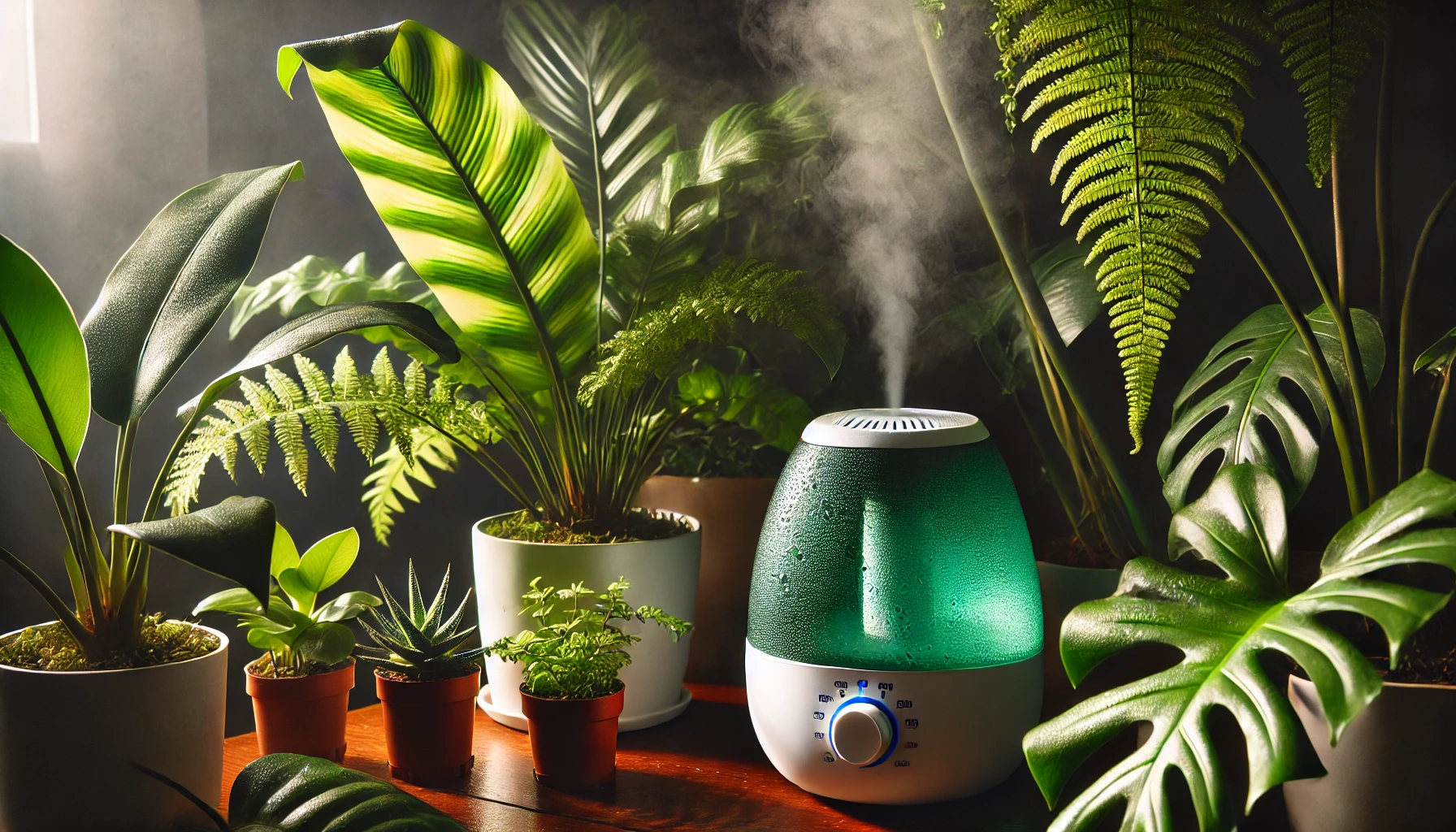
- Pest Control 🐜
Warmer temperatures can bring pests like aphids, spider mites, and mealybugs. Regularly inspect your plants for any signs of pests, such as discolored or damaged leaves. If you spot any, treat them promptly with natural remedies like neem oil or insecticidal soap to prevent infestations.
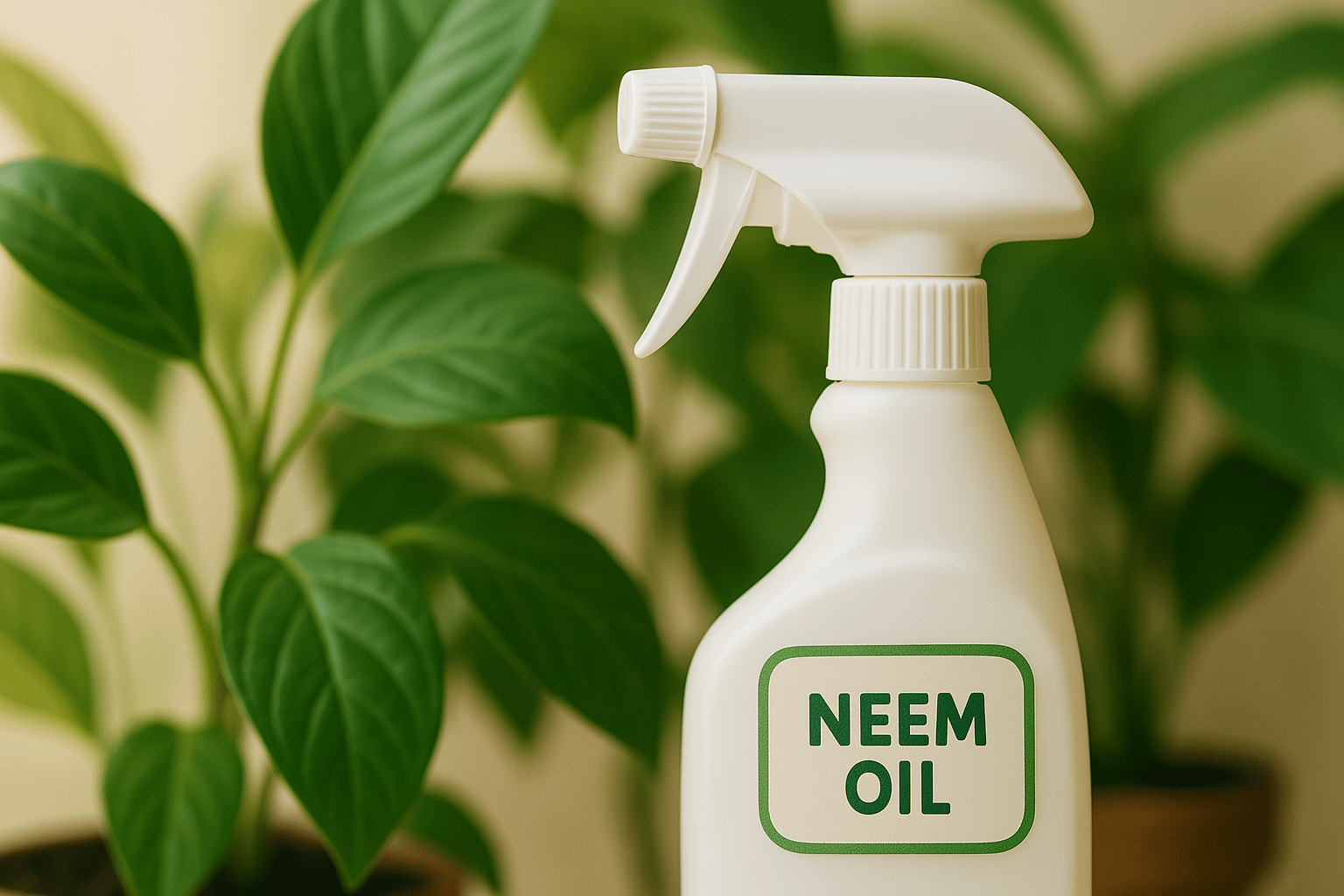
With the right care, your plants can flourish in the summer heat. Focus on providing adequate water, managing light exposure, and maintaining humidity levels to keep your indoor garden thriving all season long! 🌞🌱
Fall – Preparing for Dormancy 🍂🌙
As the days get shorter and temperatures cool down, indoor plants begin to slow their growth in preparation for dormancy. Fall is the time to adjust your care routine to help your plants transition smoothly into this restful phase. Seasonal Indoor Plant Care Tips for autumn include reducing watering frequency, cutting back on fertilizing, and cleaning up any dead or yellowing foliage to prevent pests and disease. Here’s how to prepare your indoor garden for the upcoming winter months:
- Light Needs 🌅
With the sun setting earlier, your plants will receive less natural light. To make up for this, move your plants to brighter spots in your home where they can soak up any available sunlight. If natural light is limited, consider using grow lights to provide extra light for your plants, especially those that require bright, indirect light.

- Watering 💦
As plants enter dormancy, their growth slows down, and their water needs decrease. Reduce your watering frequency to match this slower growth pace. Be sure the top inch of the soil has dried out before watering again. Overwatering during fall can lead to root rot, so always check for dryness first.
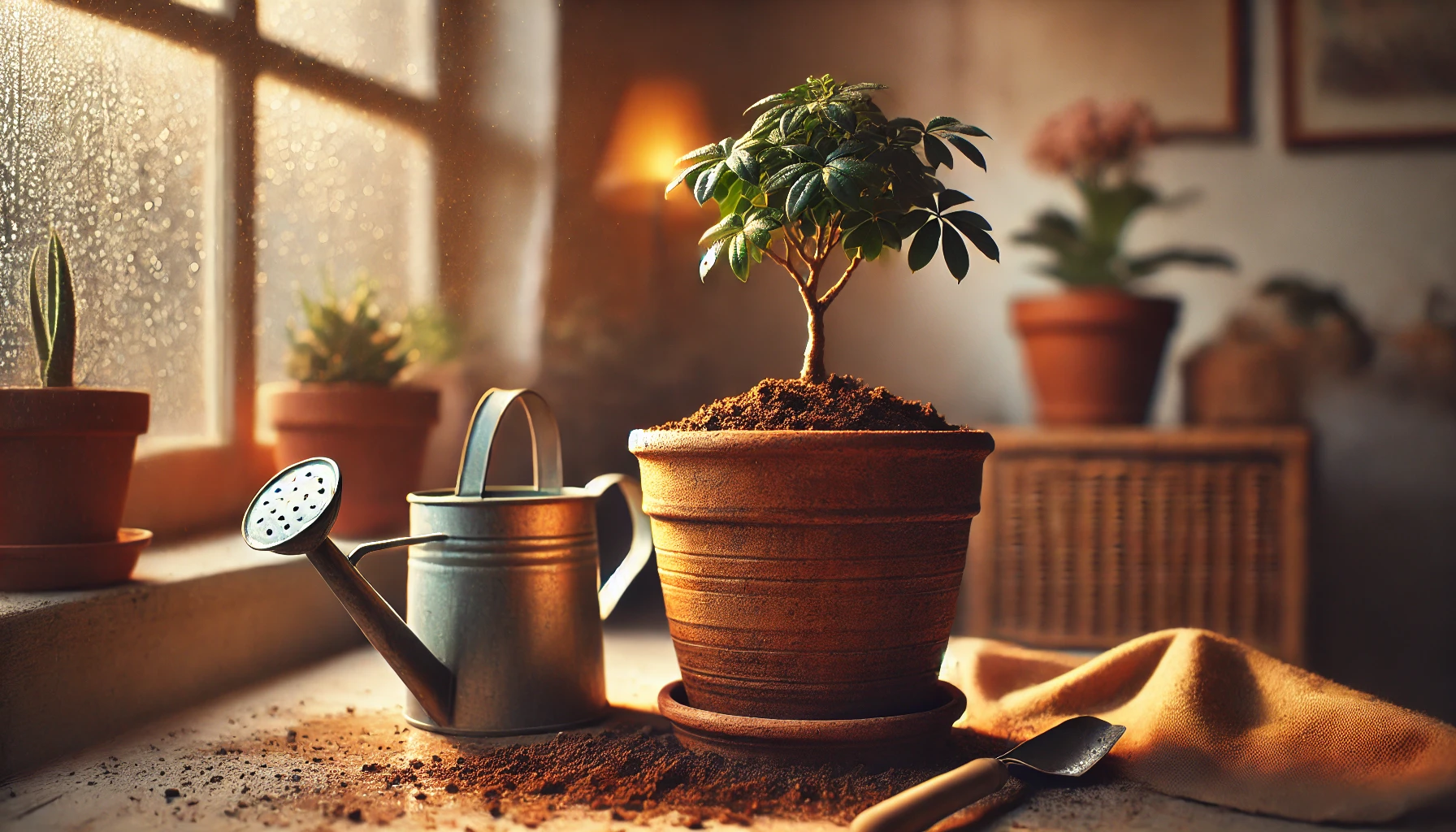
- Fertilizing 🍃
During fall, it’s best to cut back on fertilizing. Since plants are not actively growing, they don’t need as many nutrients. You can stop fertilizing altogether or switch to a very diluted solution if necessary. Avoid overfeeding, as it can cause stress during this resting period.
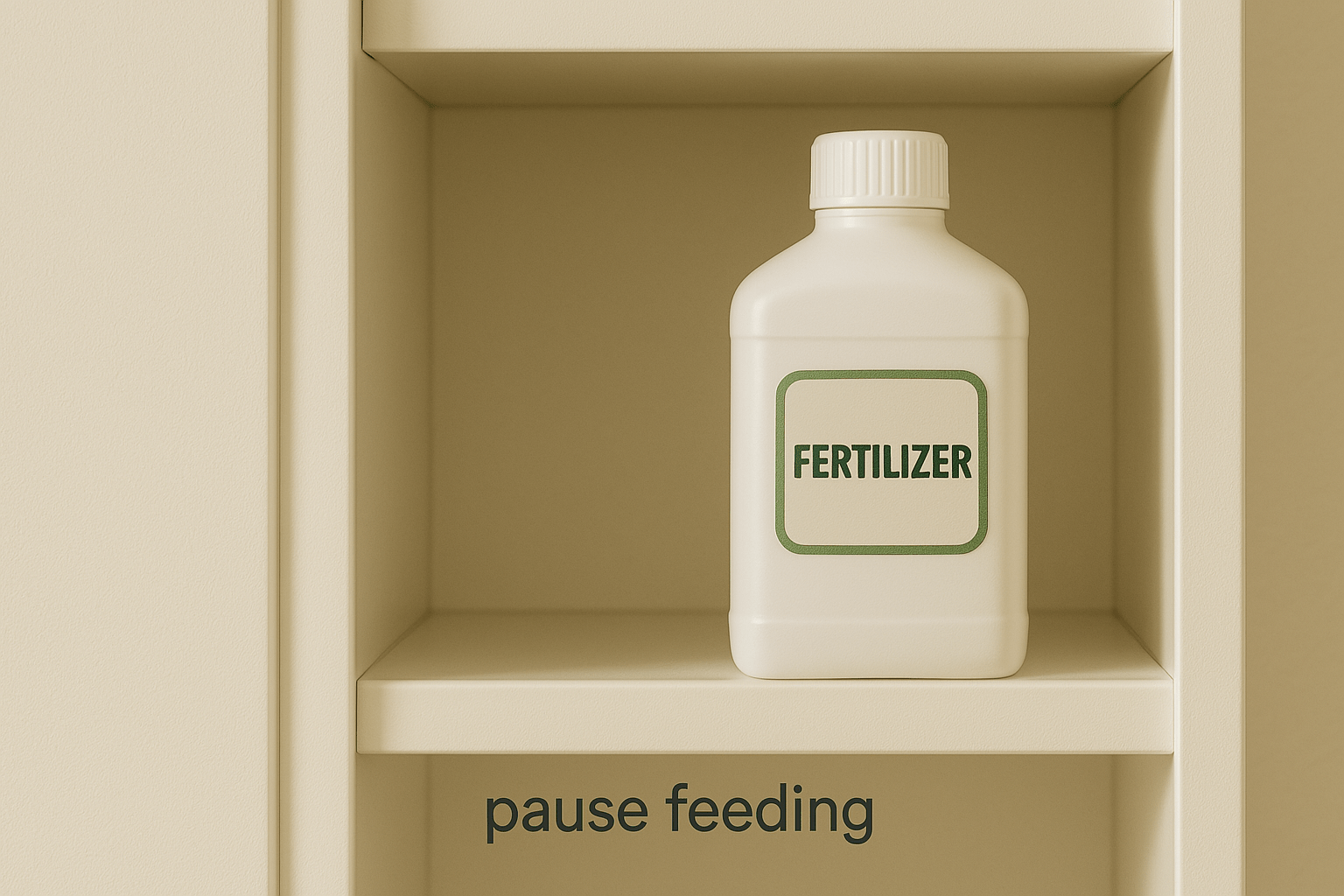
- Cleaning and Pruning ✂️
Fall is a good time to clean up your plants. Dust the leaves to help them breathe and absorb light more efficiently. Prune any dead or yellowing leaves to keep your plants tidy and healthy. Avoid heavy pruning, as it can disrupt their natural dormancy process.
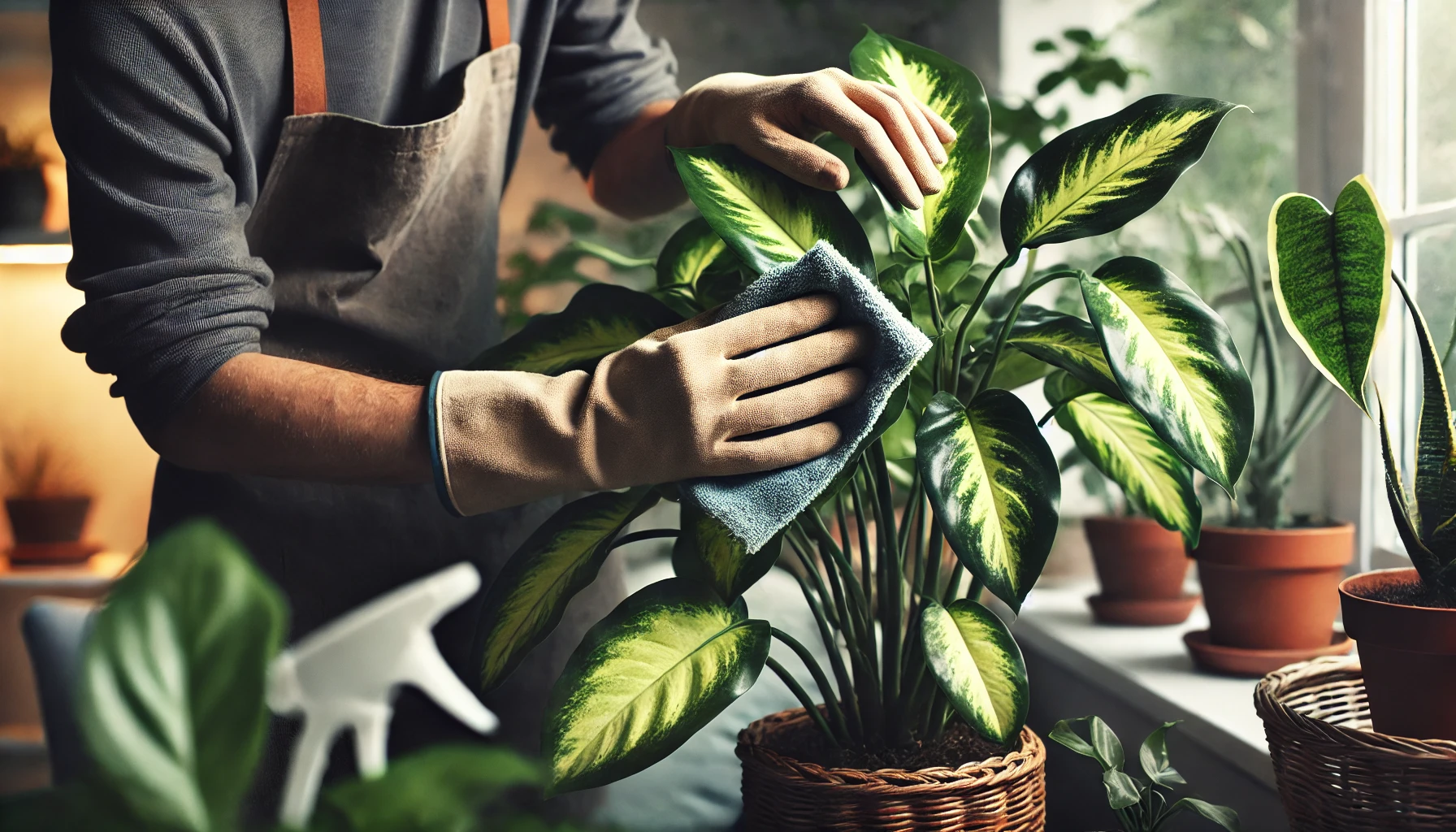
Fall is a time for your plants to rest and conserve energy, so adjust your care routine accordingly. With proper light, water, and minimal feeding, your indoor plants will be well-prepared for the winter dormancy ahead. 🍂🌙
Winter – Resting and Conserving Energy ❄️🌱
Winter is a time of rest for most indoor plants. With shorter days, cooler temperatures, and less humidity, plants enter a period of dormancy or slowed growth. During this season, your plants need extra care to ensure they remain healthy and don’t get stressed. As part of your Seasonal Indoor Plant Care Tips, focus on reducing watering, avoiding fertilization, and keeping plants away from cold drafts or heating vents. Here’s how to help your indoor plants thrive in the colder months:
- Light Needs 🌞
Winter brings shorter daylight hours, so it’s important to maximize the sunlight your plants get. Move plants closer to windows where they can absorb as much natural light as possible. However, be mindful of the cold drafts that can come through windows. For plants that require bright light, you may want to consider using grow lights to supplement natural light during these darker months.
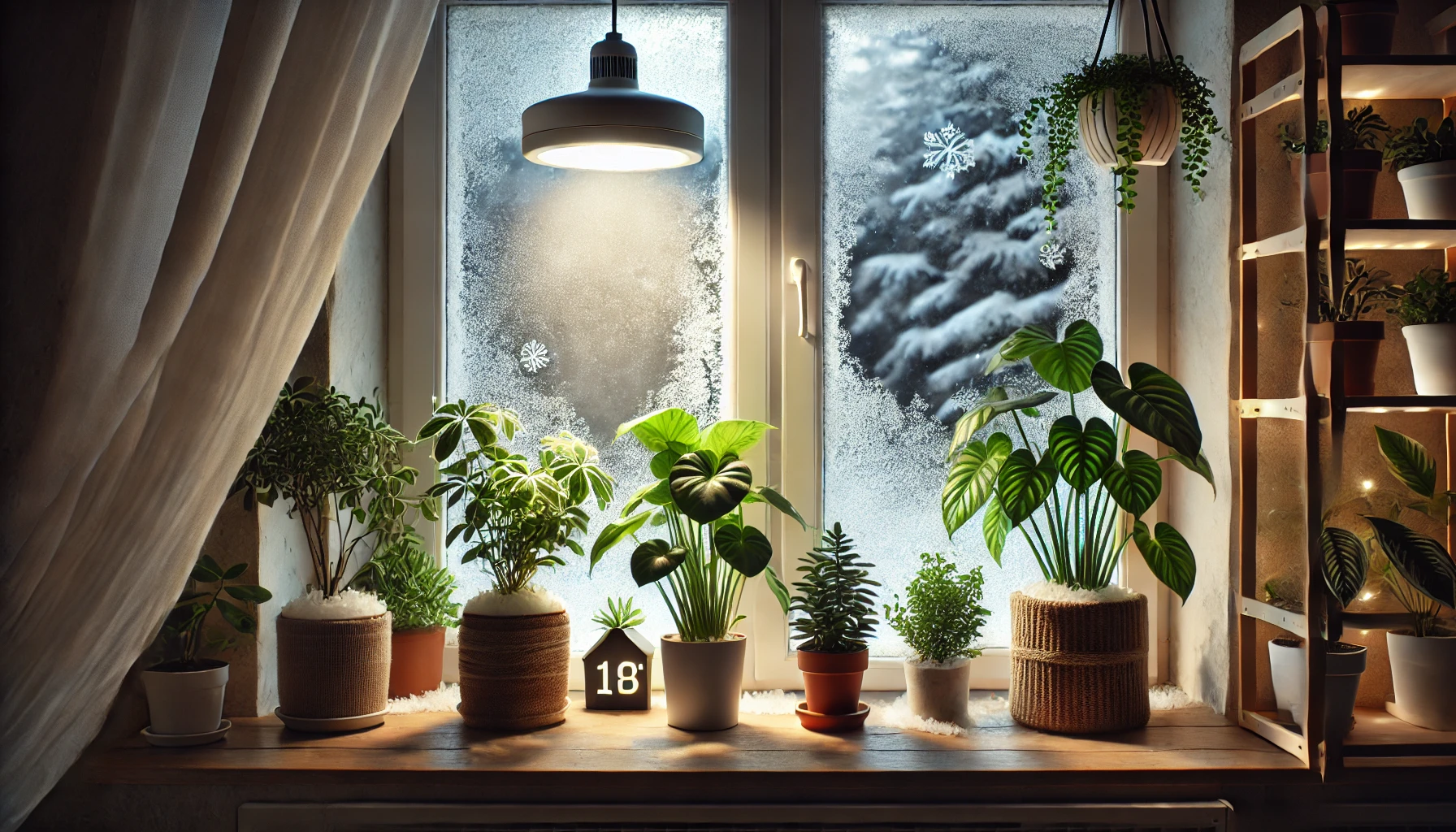
- Watering 💧
In winter, most plants use less water because they are not actively growing. Water less frequently than you did in warmer months, and always check the soil moisture first. The soil should be almost dry before you water again, but don’t let it completely dry out. Avoid waterlogging by ensuring your pots have good drainage.
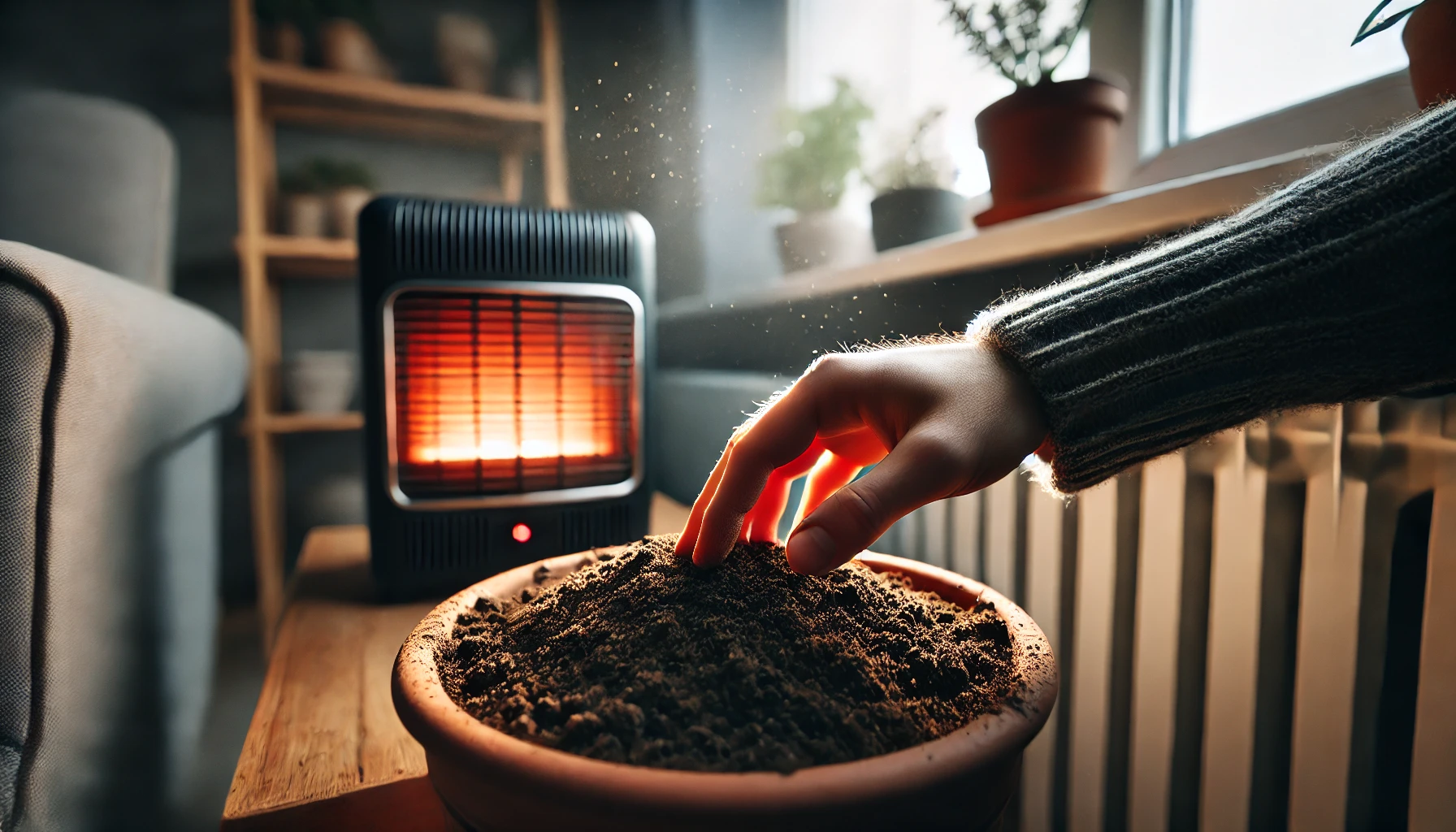
- Humidity ❄️
Indoor heating systems can make the air dry, which can be tough on plants, especially tropical ones. To combat low humidity, consider using a room humidifier or placing a tray filled with water and pebbles near your plants. Misting the leaves occasionally can also help, but avoid over-wetting the foliage, as this can promote fungal growth.
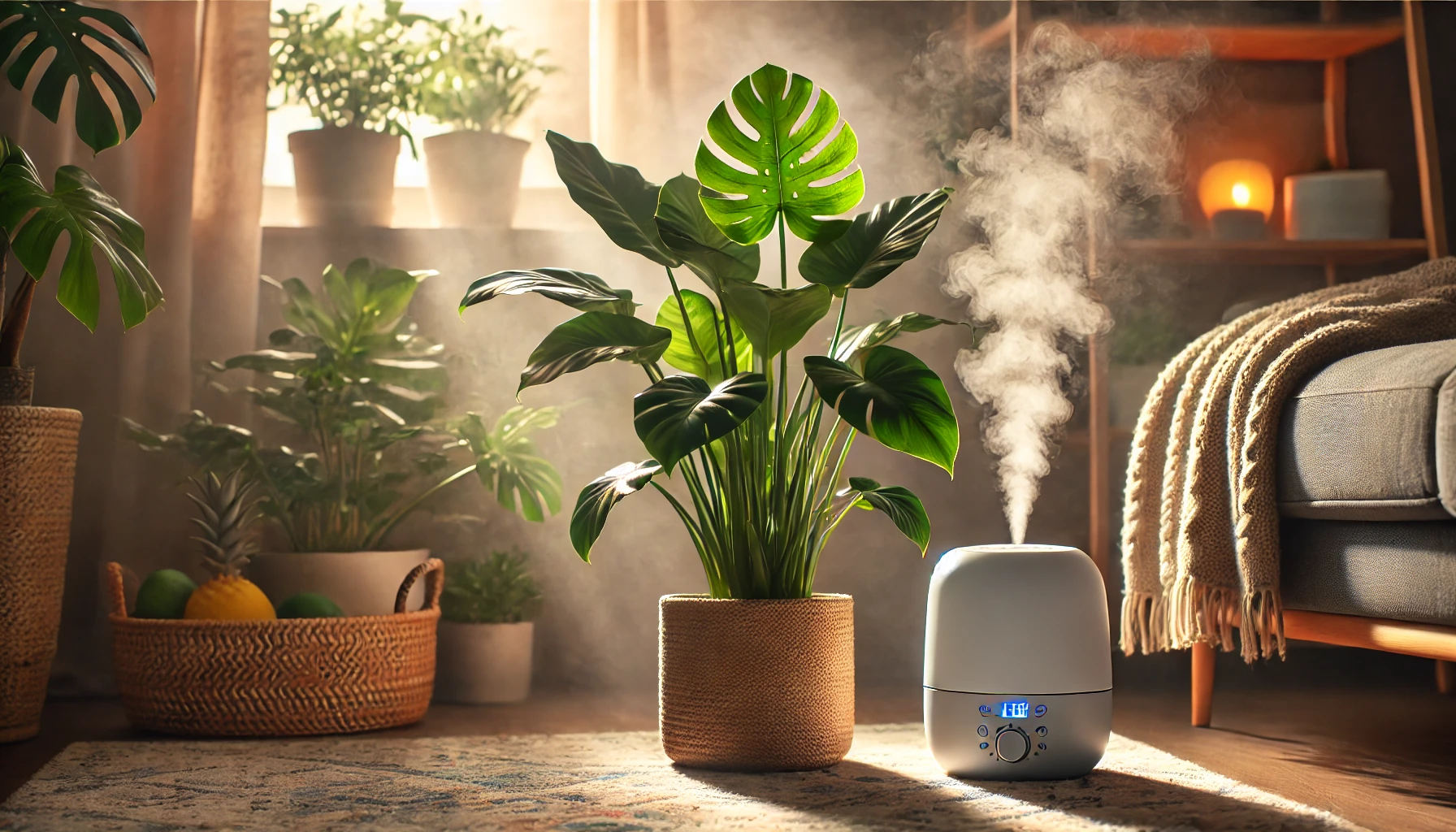
- Temperature 🌬️
Keep plants away from drafts or direct heat sources like radiators, which can dry them out quickly. Ideally, indoor temperatures should remain stable, between 60-70°F (15-21°C). Avoid sudden temperature changes, as they can cause stress and lead to leaf drop or other issues.

- Pruning ✂️
Winter is not the best time for heavy pruning, as this can interfere with the plant’s rest period. However, if you notice any dead or yellowing leaves, remove them to keep the plant healthy. Be gentle with your plants during this time and only trim what’s necessary to prevent any excess stress.
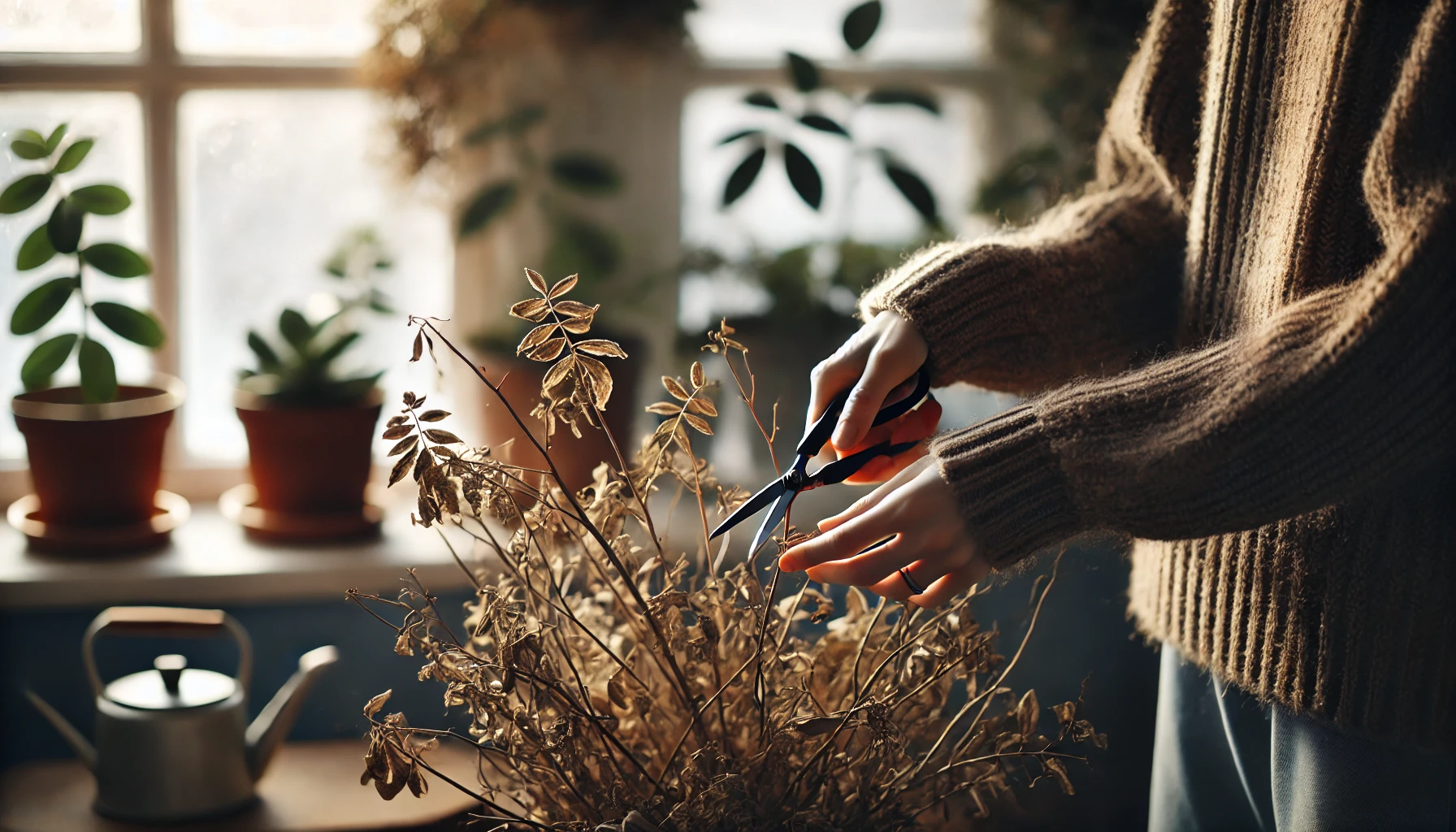
Winter is a time for your plants to recharge, so give them the care they need to rest and conserve energy. With proper light, humidity, and careful watering, your plants will emerge from winter refreshed and ready to grow in the spring! ❄️🌱
General Year-Round Tips for Indoor Plant Care 🌿💚
While seasonal changes bring unique challenges, there are a few essential care practices that can help keep your plants healthy and thriving no matter the time of year. Seasonal Indoor Plant Care Tips include adjusting watering schedules, ensuring adequate light exposure, and regularly checking for pests. These general tips are perfect for supporting your plants year-round:
- Air Circulation 🌬️
Good airflow is essential for plant health. Stale air can lead to mold growth and pests. Ensure your plants have proper ventilation, especially in areas with high humidity. Consider placing a small fan nearby to keep the air moving, but avoid blowing air directly onto the plants.

- Soil Health 🌱
Healthy soil is the foundation for healthy plants. Refresh the soil every year or two, especially for plants in smaller pots. This ensures your plants are getting the nutrients they need and prevents soil compaction. When repotting, choose a well-draining potting mix to support proper root growth.
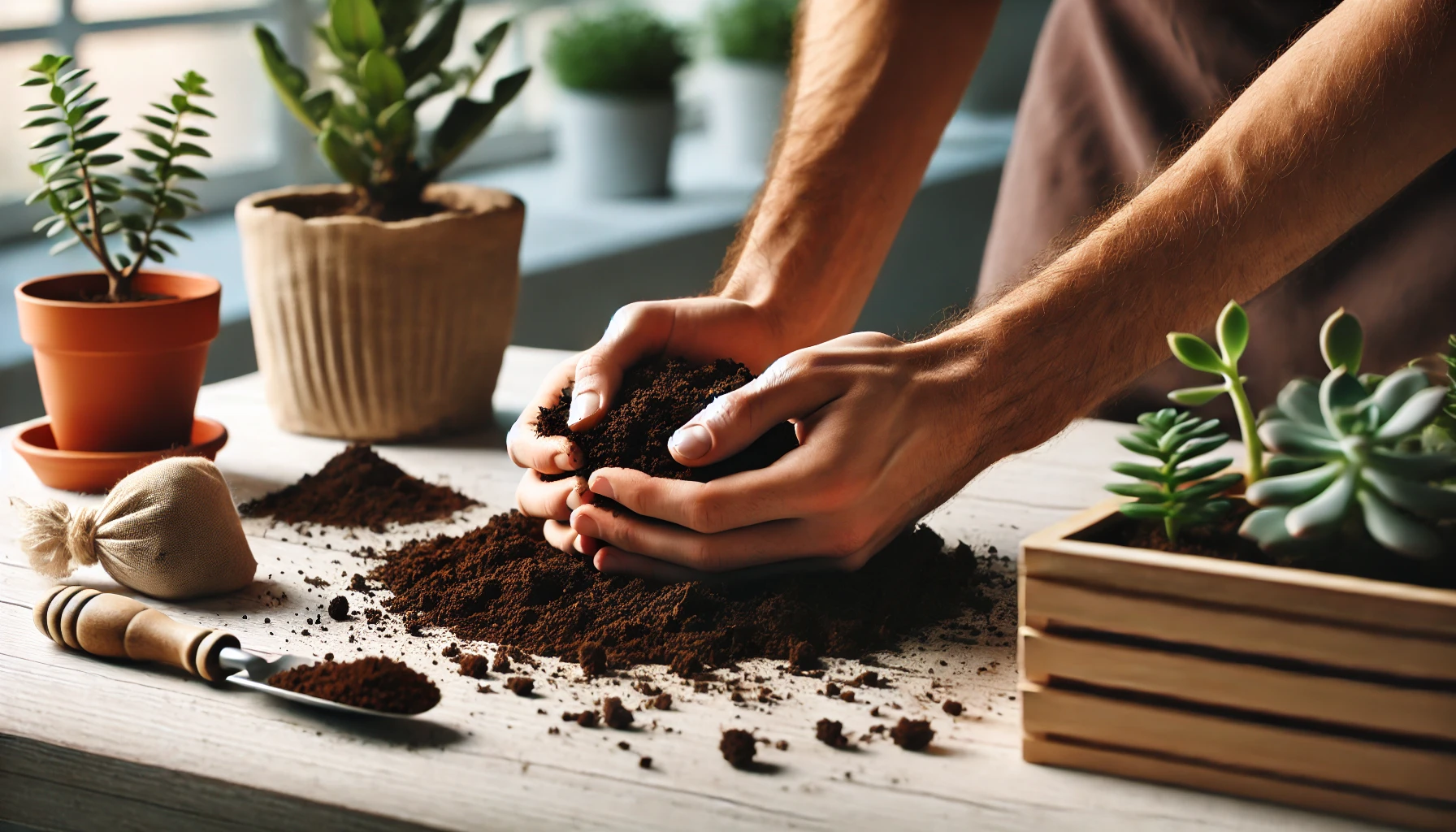
- Pest Prevention 🐞
Pests are a common problem, especially during the warmer months. Regularly inspect your plants for pests like aphids, spider mites, and mealybugs. If you spot any, treat them promptly using natural remedies like neem oil or insecticidal soap. Keeping your plants clean and dust-free will also help prevent pests from taking hold.
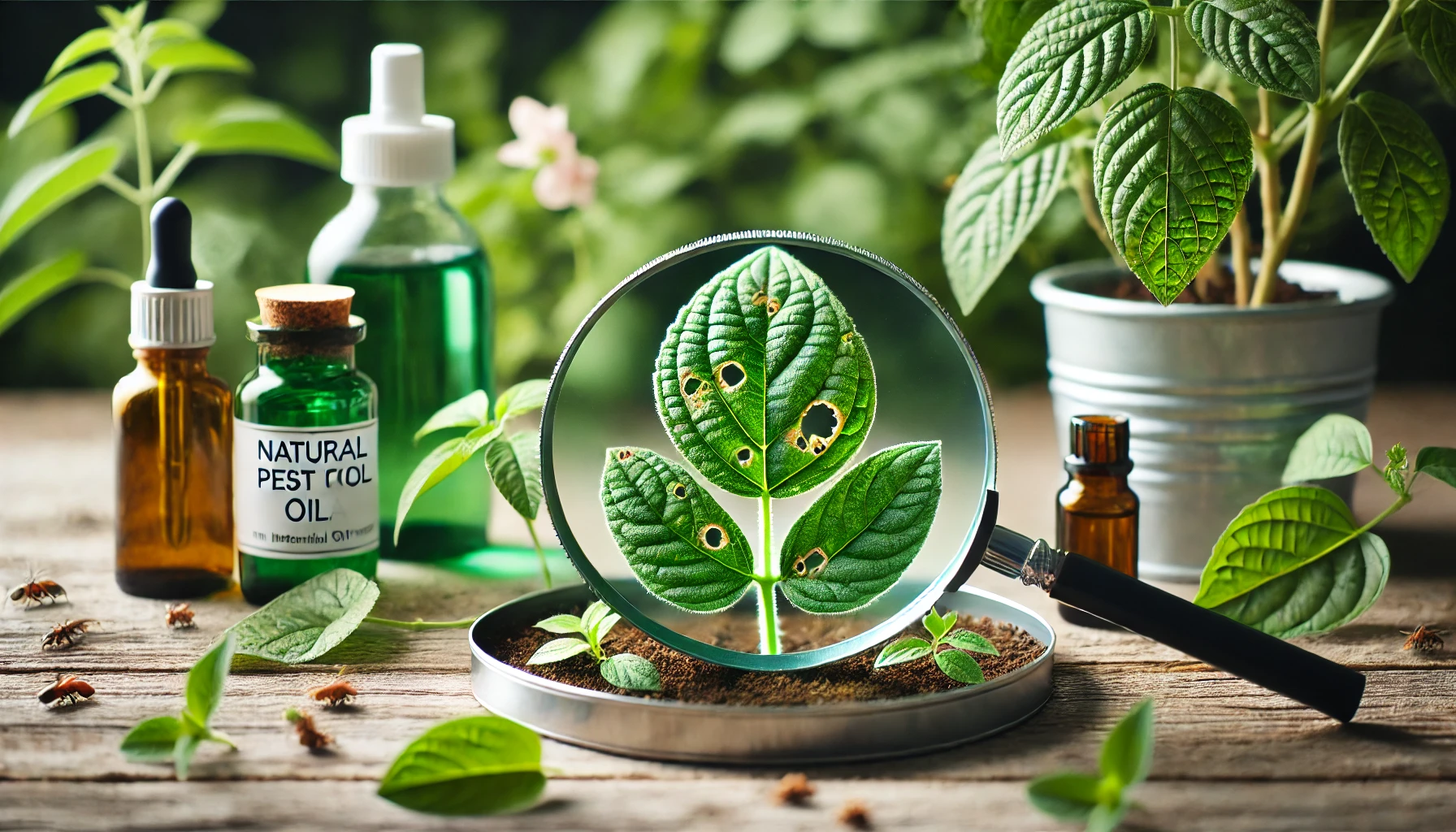
- Monitoring Growth 📊
Be mindful of your plants’ growth patterns throughout the year. If you notice slow growth or discolored leaves, it could be a sign that something is off with the care. Adjust your watering, light, or humidity levels based on what your plants need at that moment. Regular observation helps you address any issues before they become bigger problems.

- Pot Size and Drainage 🪴
Make sure your plants are in pots that offer enough room for their roots to grow. A pot that is too small can restrict root development, while a pot that is too large can lead to overwatering. Always choose pots with drainage holes to prevent water from pooling at the bottom and causing root rot.

By following these general tips, you’ll be well on your way to maintaining a healthy and flourishing indoor garden all year long. With attention to airflow, soil, pests, and monitoring, your plants will thank you with lush growth and vibrant foliage! 🌿💚
Final Thought
Taking care of indoor plants through the changing seasons can seem like a challenge, but with the right knowledge and a little attention, your plants will thrive year-round. By adjusting their care to meet the unique needs of each season—whether it’s providing extra light in spring, managing water in summer, or ensuring warmth and humidity in winter—you can support their growth and keep them healthy.

Remember, your plants are more than just decor; they’re living beings that need love and attention. Stay observant, make adjustments as needed, and soon you’ll notice the joy that comes from a thriving indoor garden.
With these seasonal indoor plant care tips, you’re equipped to build a stronger connection with your plants and enjoy their beauty and health through every season. Happy gardening! 🌿💚
Frequently Asked Questions (FAQ)
Do indoor plants need different care during each season?
Yes, seasonal changes in light, temperature, and humidity require adjustments in watering, feeding, and placement.
How should I care for indoor plants in winter?
Reduce watering, stop fertilizing, and move plants closer to light sources while avoiding cold drafts.
What’s important for indoor plant care during spring?
Spring is growth season—repot if needed, resume fertilizing, and increase watering gradually as days get longer.
How does summer affect indoor plant care routines?
Plants may need more water, protection from harsh sunlight, and occasional misting to combat dry indoor air.
What should I do in fall to prepare plants for dormancy?
Slow down watering, reduce feeding, and check for pests before indoor plants enter a rest period.
Can I prune my houseplants year-round?
Light pruning is fine any time, but save heavy trimming for spring or early summer when plants are actively growing.
Should I move my plants seasonally within the house?
Yes, adjusting their placement can help them get optimal light and avoid seasonal drafts or heat sources.
Is fertilizing necessary in all seasons?
Only fertilize in spring and summer when plants are actively growing—avoid during fall and winter dormancy.
